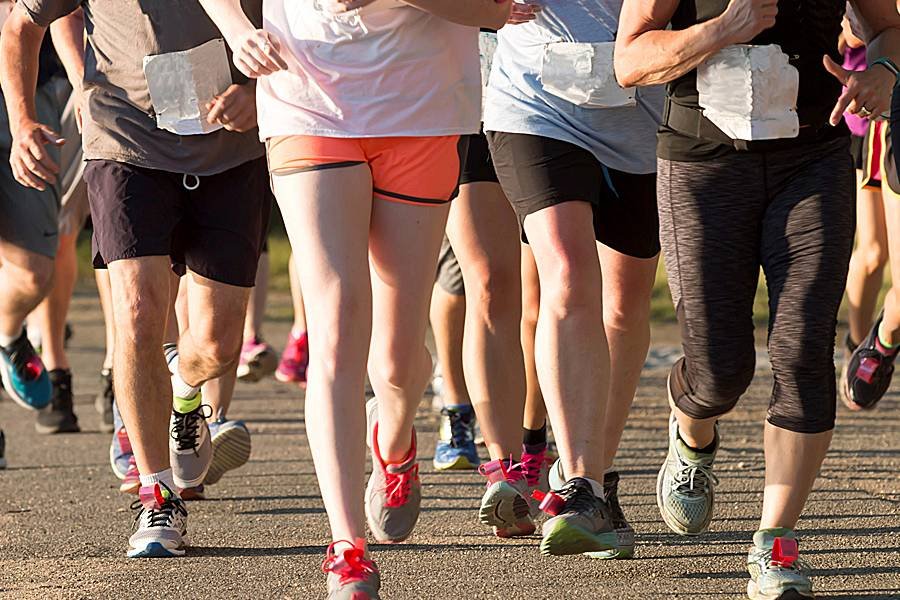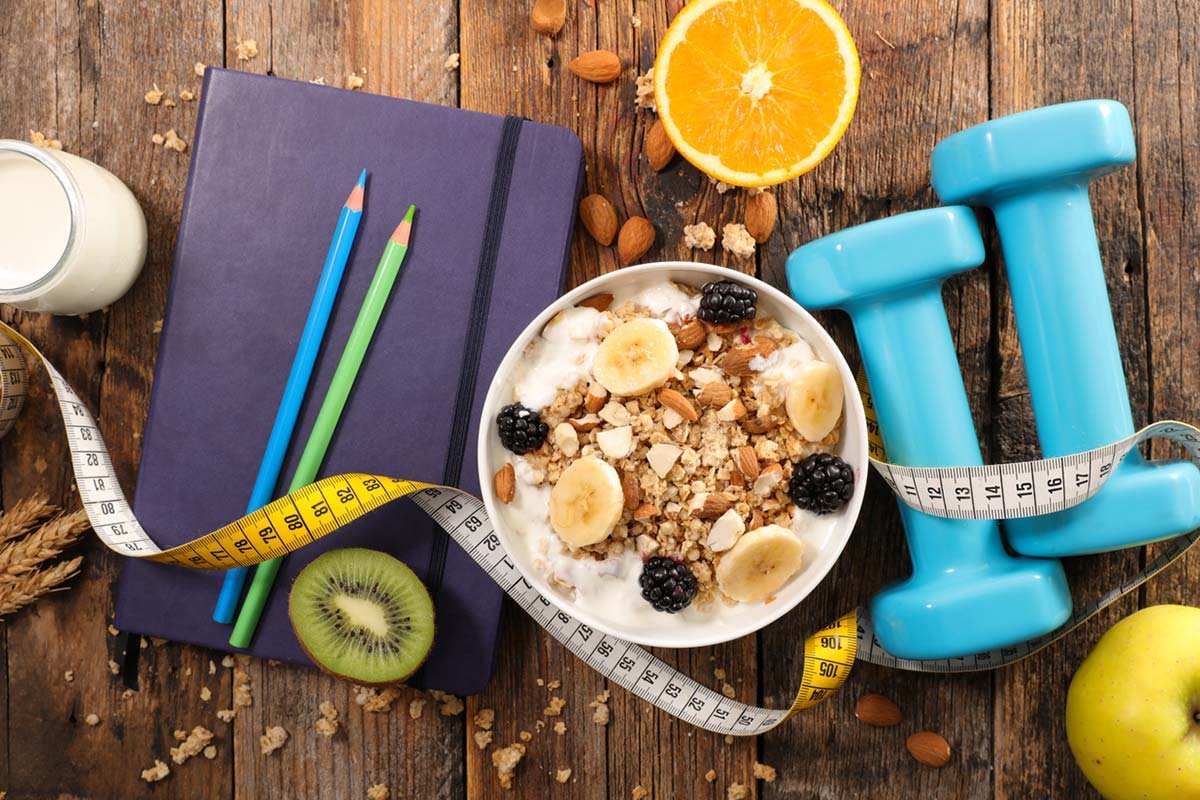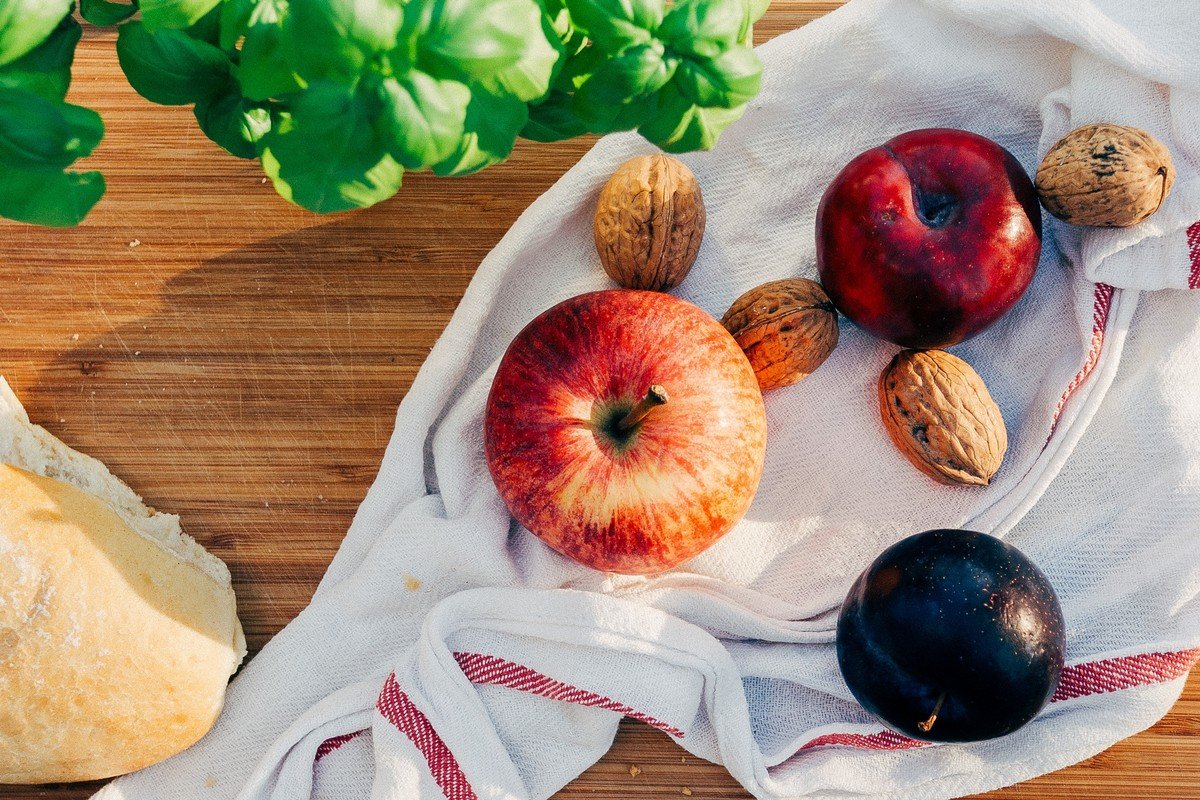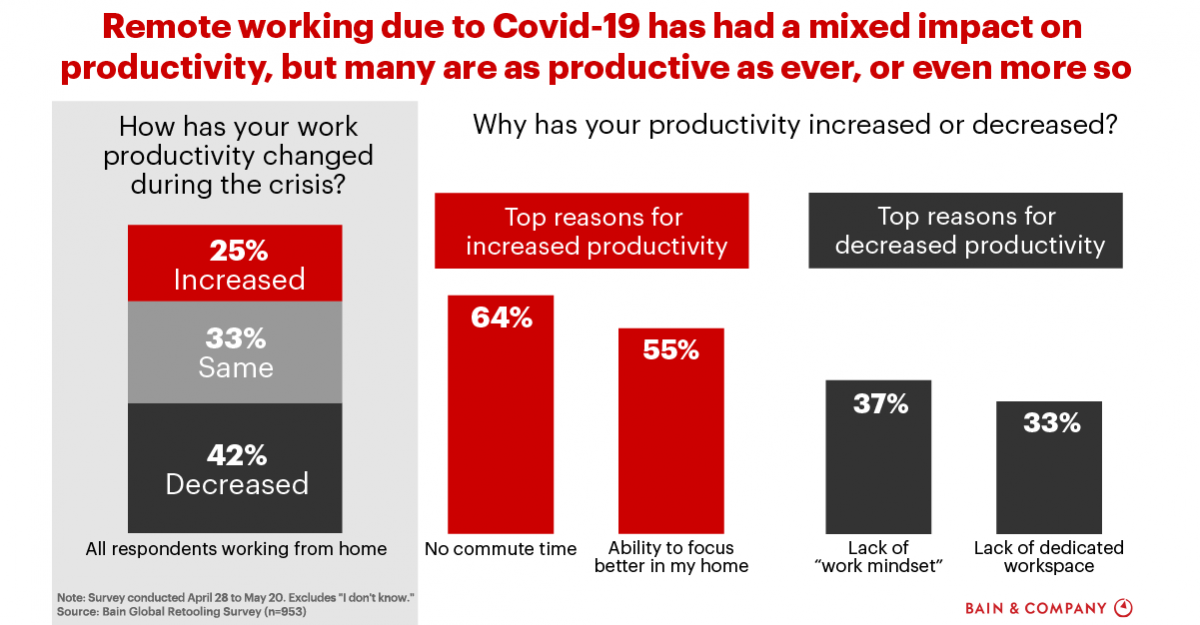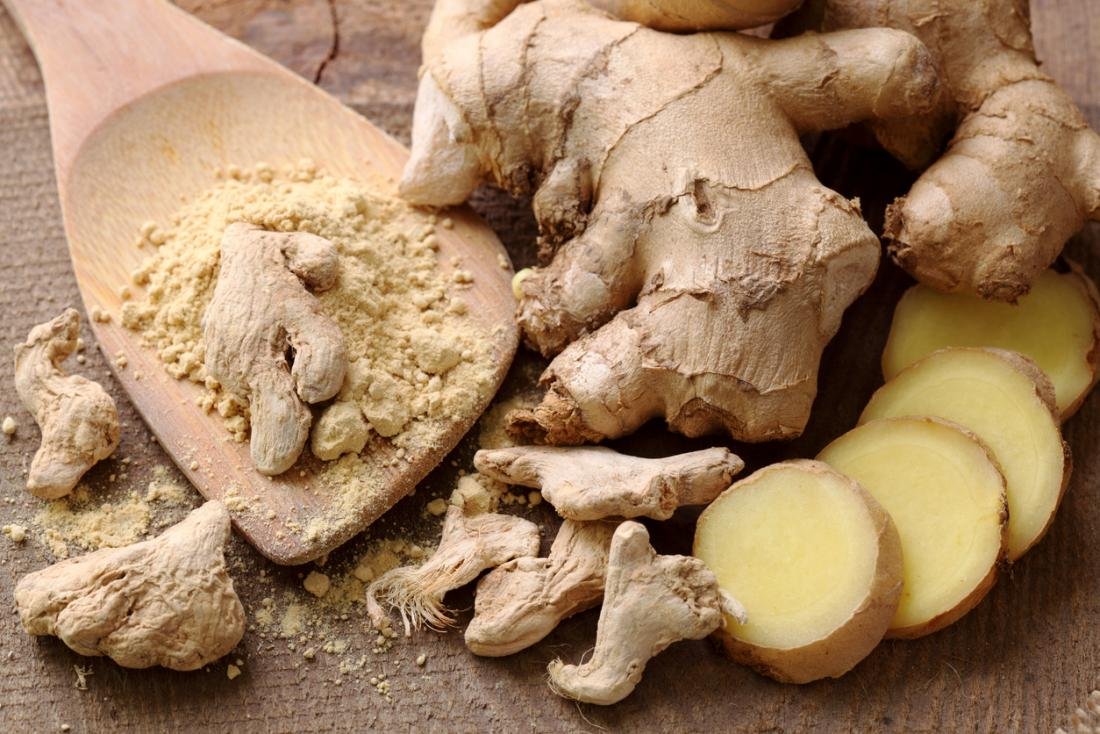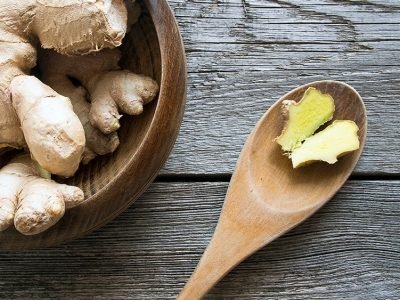The foods you choose can influence, uh, certain physical aspects of your bedroom life. And we’re not talking about love handles here.
Ask any cheesemonger: What tastes and smells fantastic to one person may not be enticing to someone else. In other words, what’s “good” and “bad” is nothing if not totally subjective—especially when it comes to physical attraction and sex.
But did we let that stop us from compiling a list of foods that are likely to have a positive effect on these biologically important senses? Hell no! We did a little digging, pored over some fascinating research and, with the help of some leading nutritionists, came up with 25 foods that will render your various parts both pleasingly fragrant and delicious.
White Fish
Cod, halibut and tilapia are all types of white fish. “Eating white fish doesn’t make you smell better, but it doesn’t make you smell. White adds that in contrast, the breakdown of red meat may give off a body odor. His assertion is backed up by several studies, including one from the Czech Republic and published in the journal Chemical Senses that showed that red meat is associated with bad body odor. However, the same unpleasant odors are not released when the human body metabolizes fish.
Apples
An apple a day may help keep the doctor away, but it’s just as likely to encourage friends and colleagues to get a little closer as they are a powerful ally in the fight against bad breath. This due in part to their natural detergent properties. Furthermore, when by biting into an apple, you’re pushing plaque away from your teeth as well as any food matter that could cause bacteria in the recesses of your mouth.
Apple Cider Vinegar
If foot odor is a problem reach for this panacea of the pantry. “Apple cider vinegar kills bacteria and dries excess sweat, the two main causes of foot odor,. “It’s a really good, effective and cheap cure.” This stuff has plenty of acetic acid and phenolics. Add a half cup of apple cider vinegar to a quart of lukewarm water and soak feet for 20 minutes.
Citrus Fruits
“Citrus fruits like oranges, lemons, and pineapples are absorbed by the body and eliminate smells that are on our skin. “The acids in these fruits cause water to flush throughout our body eliminating the smell and causing us to smell pleasant and fruity. “The acids in citrus fruits help flush water through your body. And because citrus also contains fiber, they move through your system slowly and flush out toxins that contribute to body odors.
Celery
Nutritionally, there’s a lot to be said for celery. It’s high in fiber, and digesting it causes your body to work harder and expend more calories than most foods. It’s also a great source of vitamin K, folate, potassium and manganese. But beyond all that, every stalk is packed with androstenone and androstenol. “When you chew a stalk of celery, you release androstenone and androstenol odor molecules into your mouth. They then travel up the back of your throat to your nose. “Once there, the pheromones boost your arousal, turning you on and causing your body to send off scents and signals that make you more desirable to women.” Men, you could do worse than ordering a Bloody Mary at brunch, and you won’t have to wait long before the celery takes effect. The pheromones are released immediately.
Limes and Lemons
Packed with a good amount of vitamin C and electrolytes, lemons are also good for improving body odor according to White. He explains that these zesty citrus fruits have a “high antioxidant capacity and help detox the body as they are strong, acidic, and have disinfectant abilities.” Some people go as far as using this bacteria-killing juice topically and swipe their pits with a lemon directly.
Water
“Water is not only good for us because it keeps us healthy, but it also keeps us smelling better,” says Kaufman, adding that drinking water helps to flush out our bodies eliminating some of the things that cause us to smell. (It’s no wonder these detox waters are so effective!) She recommends eating foods that have a high water content like fruits and vegetables help to reduce our body odor.
Rosemary
Work a little rosemary into your life, suggests a Chef. He says that, when it comes to nixing body odors, the herb can be really helpful. “Not only is this is a wonderful spice and a great treatment for skin, but it also helps annihilate body odor,” Chef says.
Fresh Herbs
“Fresh herbs like parsley, basil, and mint can help mask bad breath with the strong oils that they contain. She explains that the strong oils contained within them help to overpower nose-offending scents. “Try incorporating fresh herbs into your dinner or have a fruit salad with basil or mint for dessert to help combat the smells you may get from dinner,” she says.
“These herbs can act as a mouthwash to temporarily mask odors,” she says. It’s well worth remembering that chronic bad breath may be a sign of periodontal disease. Doctors recommends seeing a dentist if the problem won’t go away.
Ginger
Upset stomachs can lead to halitosis. While ginger great for settling the stomach, it also has the powerful effect of neutralizing bad breath. Pressed ginger combined with lemon juice and warm water creates a great rinse to keep the unpleasant odors at bay.
Truffle Oil
There’s a reason that pigs hunt for truffles: They’re especially affected by androstenone and androstenol. In 1981, German researchers discovered that androstenol is produced by many varieties of the subterranean fungus considered a delicacy. Truffles themselves are devilishly pricey — selling for about $100 per ounce — but truffle oil also contains the pheromones, and it’s part of the esteemed Mediterranean diet. Give it a whirl yourself, but be warned: 25 percent of people can’t detect androstenone, and 40 percent of people are too sensitive to androstenol and find it foul smelling. But hey, the remaining 35 percent may find you wildly attractive. Research from Rockefeller University revealed that this is mostly due to genetic variations in a single odorant receptor called OR7D4. So now you know.
Whole Milk
“We found that drinking beverages with high water and some fat content, like milk, may help reduce garlic breath and mask the garlic odor during eating. It was found that both fat-free and whole milk reduced the sulfur compounds in garlic that are the cause of its strong smell, but whole milk got the best results. It’s thought that this may be because fat is more effective at neutralizing odors.
Fennel Seeds
A bad breath remedy in India is to chew on some fennel seeds. The act of doing so not only increases saliva that washes away bacteria from your mouth they also help neutralize offensive odors and aid digestion. But that’s not all: fennel oils have antibacterial properties as well, fighting germs that cause bad breath.
Green Tea
We’re already big fans of green tea because of the belly blasting catechins it contains but now we have even more reasons to love it: first off, green tea contains polyphenols. These are antioxidants that fight the growth of bacteria and also help reduce sulfur compounds that can improve breath. Green tea, like most teas, can stain teeth, however. Luckily, green tea extracts can be taken as a supplement, which has been proven to fight oral bacteria. While green tea is working on keeping your breath smelling fresh, brew up another, much larger batch and dunk your dogs in it. The tannic acids found in both green and black teas will help keep your feet dry, thus preventing the root of your foot odor problem: perspiration. As the tannins in tea are less drying than the acids in vinegar, you can try this remedy once a day.
Pineapple
Very little scientific study has gone into the effect of food on the taste of semen but the internet is rife with intel about pineapple’s sweetening effect on a man’s ejaculate. Considering fresh pineapple is pretty delicious on its own, we’re more keen believe the rumors.
Kombucha
Kombucha, like yogurt, is alive (literally) with probiotics. For that matter, so is homemade sauerkraut. (Store-bought sauerkraut is usually pasteurized — a process that kills all of the good bacteria that was in it.) These probiotics can restore a balance of bacteria in your body and could by consuming it, you may discover that your vagina tastes and smells better to you and others.
Strawberries
Like many other fruits, strawberries are high in water content and therefore can prevent dry mouth. But that’s not all; their high vitamin C content helps to create an environment hostile to bacteria and germs in the mouth. It also speeds up the healing process in the mouth, and boosts your immune system, too. Feeling a little under the weather? Do double-duty by slurping up some nutritious ingredients while keeping weight gain at bay with some fat-burning soups!
Parsnips
The third food with high concentrations of androstenol (the naturally occurring steroid that can drive some female mammals wild with desire) are parsnips, the long, ugly, light brown veggies that taste like a carrot-potato hybrid. Far cheaper than truffles, parsnips have the added advantage of containing boron, which has been shown to help the body metabolize and use estrogen and enhance blood levels of testosterone. Plus, root vegetables like parsnips are rich in folate, as well as vitamins A and C, and studies have found they boost blood flow to the brain.
Cardamom
“Known as a great breath freshener, cardamom also permeates the body quickly, leaving behind a fresh aroma,” says Seth Santoro who adds that the spice is also good for your immune system.
Yogurt
Probiotic yogurt is great for your digestive health, but that also means it’s effective bad-breath neutralizer. Why? Well, eating yogurt with live active cultures lowers the amount of odor-causing sulfite compounds in your alimentary canal that begins in your mouth. What’s more, probiotic yogurts are a potent source of vitamin D, which fights mouth bacteria. Bonus: “Probiotics are microorganisms that are similar to the bacteria that we naturally have in our stomachs. “The probiotics in foods such as yogurt help with digestion and excessive gas.”
Melon
Fact: Bacteria cannot thrive in environments high in vitamin C and melons (along with berries and citrus fruits) can provide a good deal of it. Fruits also have a high water content, which hydrates the mouth and keeps bacteria at bay. Even more to smile about: Vitamin C also helps fight gingivitis, too.
Lavender and Pumpkin Pie
Neither of these items contains androstenone or androstenol, but if you want to get the most out of the man in your life, you may want this combination of scents wafting around you. Doctors found that their combined scents increased penile blood flow in study participants by 40%. The second most arousing scent combo was black licorice and doughnut, which increased penile blood flow by 31.5%.
Green Leafy Vegetables
Spinach, lettuce, and kale are great for your health and good for oral hygiene. They keep your internal pH levels balanced and alkaline levels low, which in turn help prevent dry mouth, another cause of bad breath. Green leafy vegetables also contain a high amount of chlorophyll that acts as a natural deodorizer.
Corn-starch
“The feet have about half a million sweat glands, and this can lead to a whole lot of sweat. “When you wear socks and shoes, the sweat gets trapped inside. Bacteria and fungus can thrive in this type of warm, moist environment, and can produce odor.” Cornstarch can fix the problem of stinky feet because the powder absorbs excess moisture and neutralizes odor.



